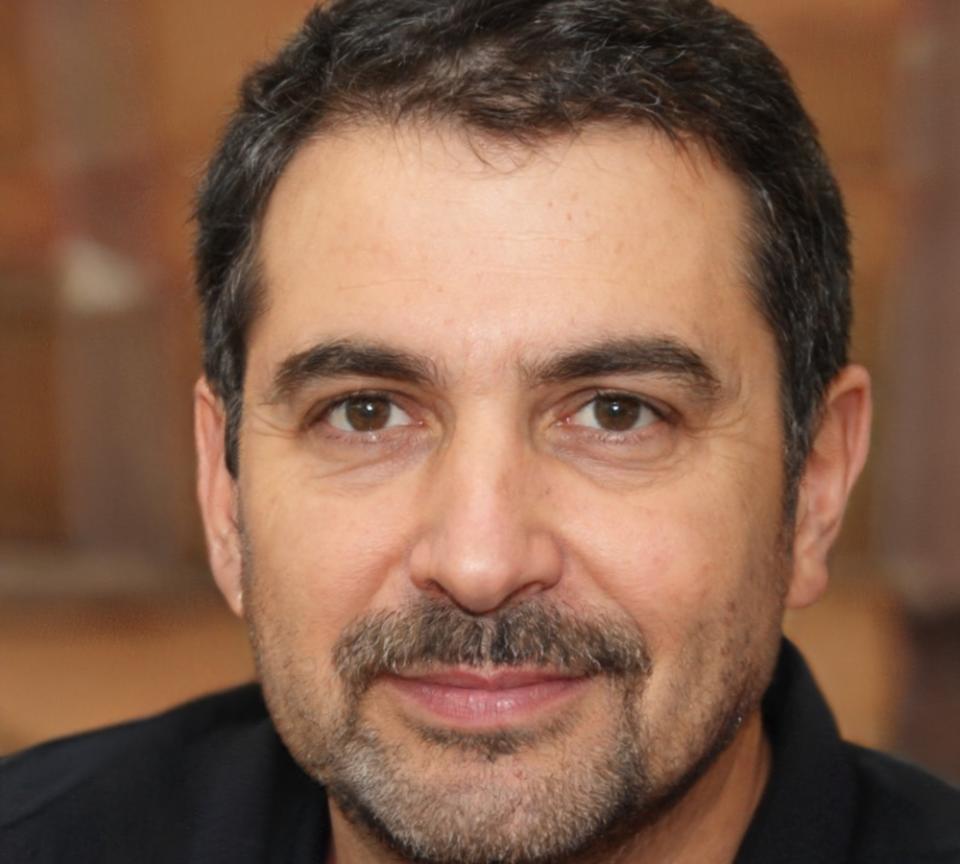Build Your Trading Foundation
Most people dive into trading with enthusiasm and then wonder why the results don't match their expectations. Here's the thing – capital management isn't about finding shortcuts. It's about understanding the mechanics behind successful trading decisions.
Our program started in 2019 when a small group of traders in Seoul realized something important. They had strategies. They had market knowledge. But they kept making the same mistakes with position sizing and risk allocation.
We've spent six years refining an approach that focuses on the fundamentals traders often skip. No promises about overnight success. Just practical frameworks you can actually use when markets get volatile.

How We Got Here
Building something meaningful takes time. And honestly, a few detours along the way.
The Beginning
January 2019Started with three traders meeting weekly in a Gangnam café. The goal was simple – figure out why capital management systems that looked good on paper fell apart under pressure. We tested frameworks on our own accounts before teaching anyone else.
First Workshop Series
August 2020Ran our first structured program for twelve participants. Half dropped out. The feedback was blunt – too theoretical, not enough real-world application. That stung, but it pushed us to completely rework the curriculum around actual trading scenarios.
Program Evolution
March 2022Introduced live market analysis sessions and peer review components. Participants started bringing their actual trades for discussion. This changed everything – suddenly we were addressing real problems, not hypothetical ones.
Current Approach
2025Now running cohorts three times per year with a focus on sustainable risk management. The curriculum adapts based on current market conditions. We've learned that rigid structures don't work when markets are constantly shifting.
Who Runs This
The people behind the program have spent years making mistakes in markets. That experience informs everything we teach.

Jaakko Virtanen
Risk Management SpecialistJaakko traded equity derivatives for eight years before shifting focus to education. He has a background in quantitative analysis but prefers explaining concepts without unnecessary jargon. His sessions cover position sizing and drawdown management.

Siobhan Callaghan
Market Analysis InstructorSiobhan worked in institutional trading before moving to Seoul in 2021. She focuses on behavioral patterns and capital allocation during different market phases. Her approach emphasizes practical application over theoretical frameworks.
What Actually Happens
The program structure evolved from direct feedback. We focus on components that participants found most valuable when managing real capital.
Core Frameworks
We start with position sizing models and risk allocation principles. These sessions cover the math, but more importantly, how to apply these concepts when you're actually placing trades. Theory matters less than execution.
Live Analysis
Weekly sessions reviewing current market conditions and how different capital management approaches perform. Participants bring questions about their specific situations. Some weeks are productive, others less so – that's the nature of markets.
Trade Review
Peer discussion of actual trades focusing on the decision-making process. This isn't about right or wrong – it's about understanding why you sized positions the way you did and what you'd adjust next time.
Risk Scenarios
Working through different market situations and stress-testing capital allocation strategies. Markets don't move predictably, so we practice adapting approaches when conditions shift unexpectedly.
Personal Development
One-on-one sessions to address individual challenges. Some participants struggle with position sizing discipline, others with drawdown psychology. These conversations help identify specific areas that need work.
Ongoing Support
Access to discussion channels and monthly follow-up sessions after the main program ends. Capital management is a continuous practice, not something you master in twelve weeks.
Next Cohort Details
The autumn 2025 session begins in September. We limit enrollment to maintain discussion quality and ensure everyone gets attention during live sessions.
Duration: Twelve weeks with weekly sessions
Format: Combination of structured lessons and open discussion
Start Date: September 15, 2025
Location: In-person sessions in Gangnam-gu with remote participation options
If you're interested in joining or want more information about the program structure, reach out. We're happy to answer questions about whether this approach fits your trading situation.